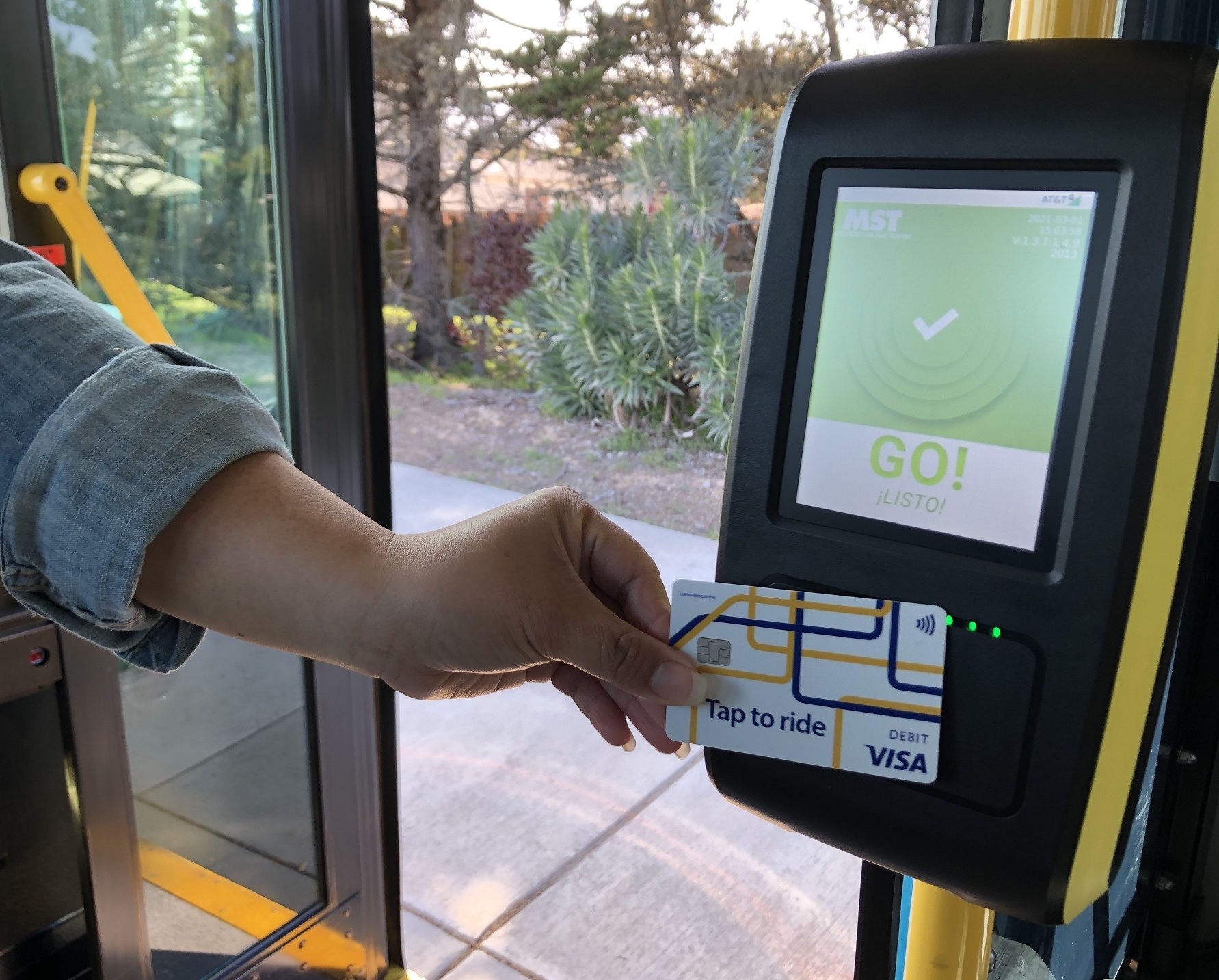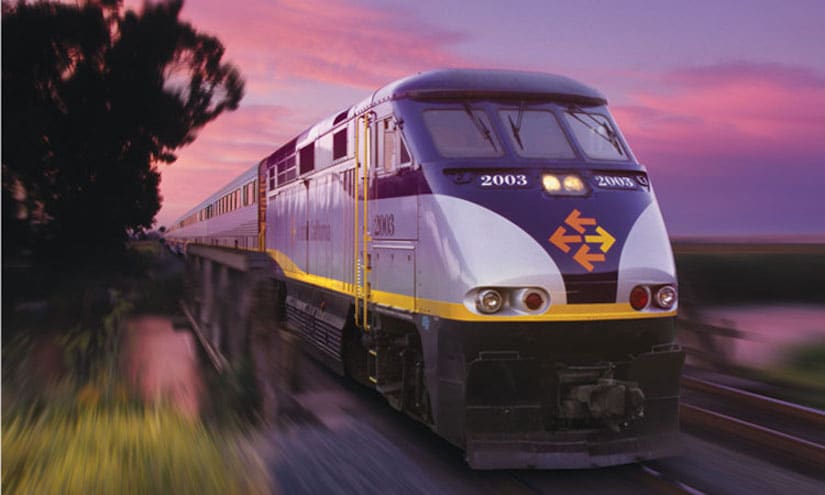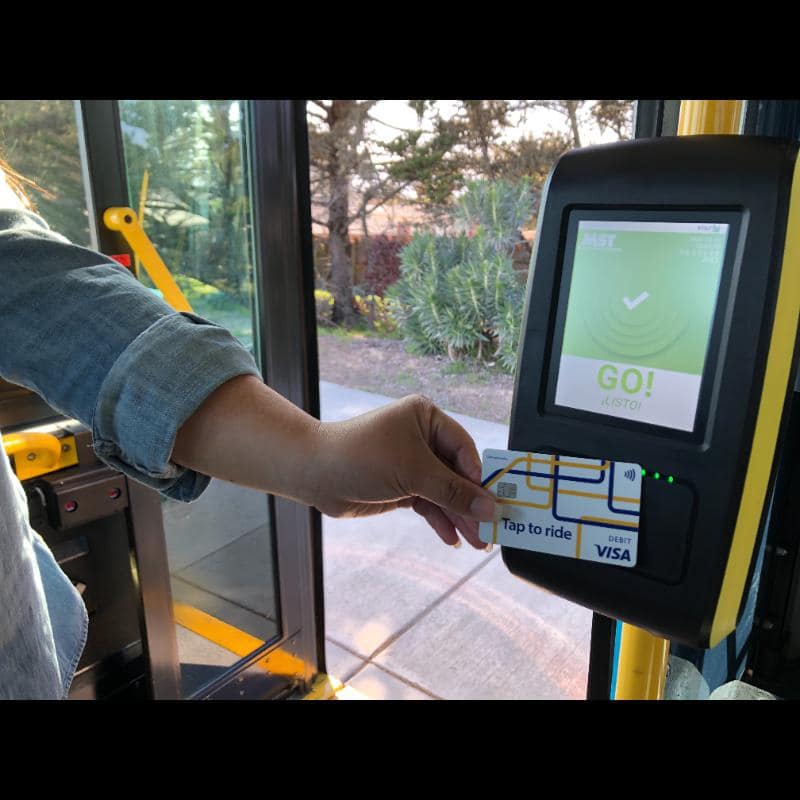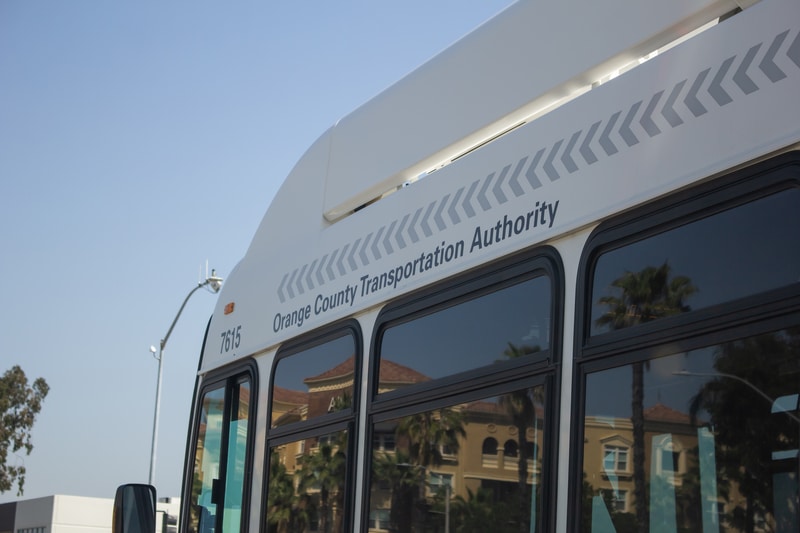
Article Highlights
California transit officials have relaunched their senior discount verification program after shutting it down for six months, during which multiple state agencies conducted a review. The innovative program from the California Integrated Travel Project had been suspended for penetration testing by four state agencies. According to one agency, scalability of the original system was a problem.
Only around two dozen seniors signed up during the two months the original verification program was in place. That is low even for a small agency like Monterey-Salinas Transit, for which no more than 5% of fare payments by all customers are made with open-loop payments.
California transit officials have relaunched their senior discount verification program after shutting it down for six months, during which multiple state agencies conducted a security review, Mobility Payments has learned. According to one agency, scalability of the original system was a problem.





















